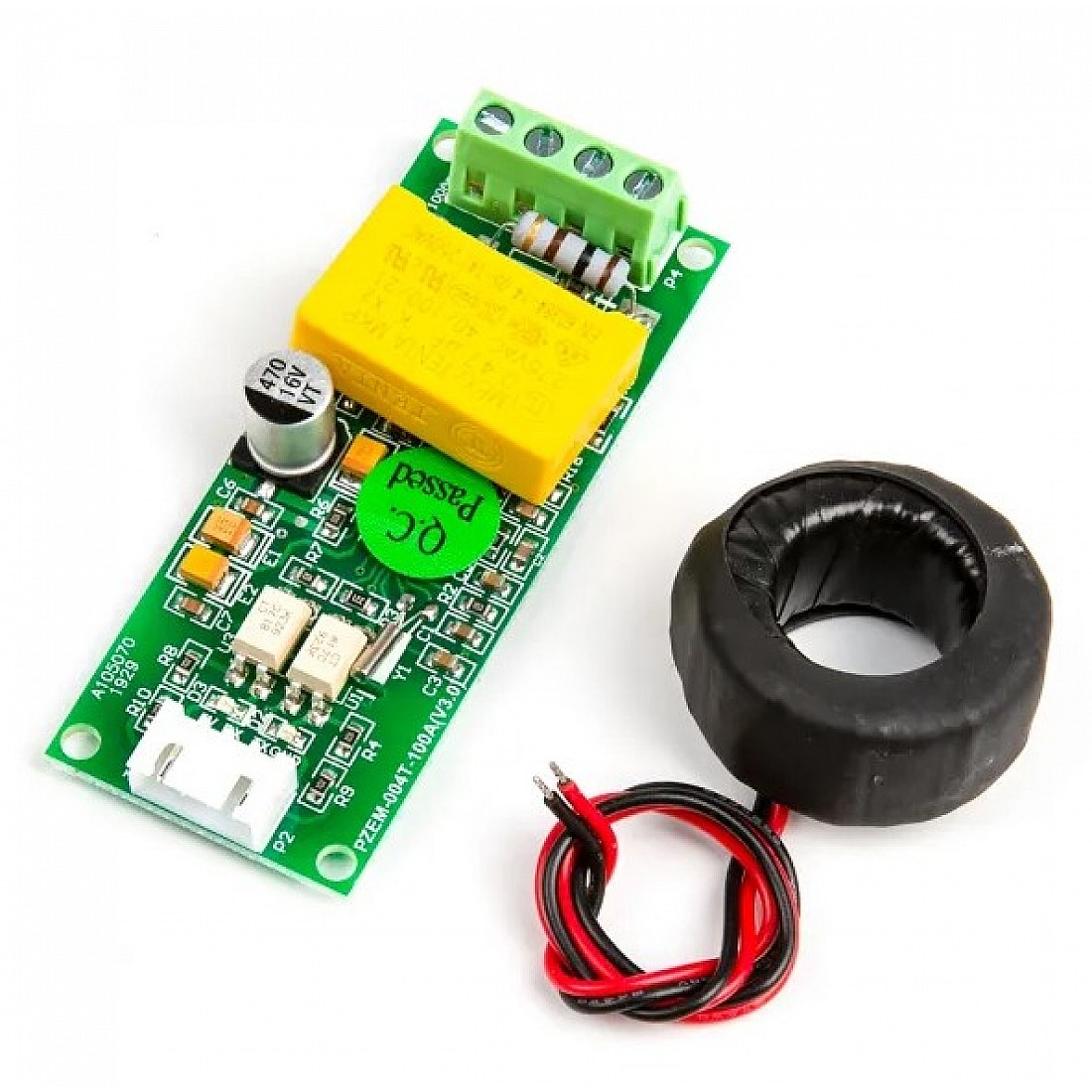


- #Lipo battery monitor circuit serial#
- #Lipo battery monitor circuit code#
- #Lipo battery monitor circuit series#
Up next we will look at the implementation of the I2C protocol that allows the BMC to communicate with an external device.Ĭontinue on to I2C master/slave communication. Top and Bottom sides of PCB (unpopulated) I then had the PCB fabricated by Oshpark. Once I felt I had a working concept, I went and designed a PCB using KICAD. I2C communication was observed and debugged with a logic analyzer. The silver shielded cable was used for I2C communication between the boards and simulated the approximate length and type of cable I planned on using in my intended application of a submersible ROV. The breadboard on the right simulates an external device requesting battery data and initiates communication via a push-button switch. In the photo below, the breadboard on the left is the battery monitoring circuit.
#Lipo battery monitor circuit serial#
Other pin connections include the I2C data and clock lines, in circuit serial programming interface (ICSP) as well as various test points for troubleshooting.
#Lipo battery monitor circuit code#
We won't discuss any code just yet, but take note of the 5 connections made between analog input pins and the 4 amplifier outputs as well as the 4.2V reference voltage. The data-sheet for the device can be found here. The microcontroller used for our BMC is a PIC16F1937. When considering the above diagram, the outputs of each op-amp are as follows Take a look at the diagram of the connector below:
#Lipo battery monitor circuit series#
Each amplifier measures the difference between the voltage on a particular pin and the voltage on the pin that precedes it (in order of the series connection of the four battery cells). The inverting and non-inverting inputs of each op-amp are connected to one of the five pins found on the JST-XH battery pack connector. Instead, the "V-" terminal is connected to ground while still allowing for output swings from 0V to +VCC ("+VCC" being the positive voltage supply coming from the battery pack). This particular device is a "single supply" op-amp, meaning that a negative voltage is not required on the negative supply terminal ("V-"). In my circuit I chose a 16 pin (two of which are empty/not-connected) quad op-amp package made by Linear Technology. In my case I used resistors with 0.1% tolerance. Bear in mind that the accuracy of the subtractor circuit is dependent on the matching resistor values being as close as possible. Specific information on differential amplifiers and subtractors can be found here. For more information on using op-amps with DC circuits, take a look at the DC op-amp section of this website. For the adjustable output regulator, I used 50 ohm, 4kohm and 10kohm resistors with tolerances of 0.1% to give me an adequately precise 4.2V output.Īdditionally, there are four op-amps that are configured as differential amplifiers (specifically as subtractors). The regulator data sheet provides information on external component selection (capacitors, inductors etc.) in regards to specific inputs and outputs. One is used to supply 5V to the PIC micro and the other is used to supply a 4.2V reference voltage to the ADC module of the microcontroller. The circuit consists of two Texas Instruments switching regulators that take the unregulated battery pack voltage as inputs. (A high-res version of the above schematic can be found here ) LiPo Battery Monitoring Circuit (components and layout)īefore going any further, lets take a look at the schematic of our Battery Monitoring Circuit (BMC) that accomplishes the goals stated in the previous page.


 0 kommentar(er)
0 kommentar(er)
